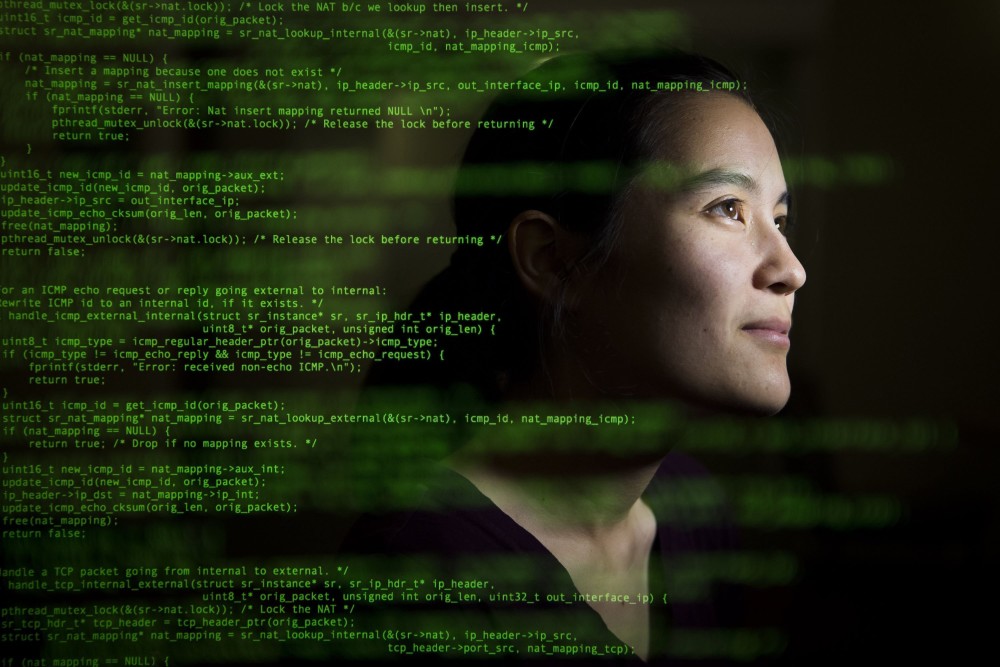By Nancy Dahlberg
The Miami Herald.
Custom 3D-printed houses, full-body transplants, a cure for cancer through engineering — is this the future?
It’s the future and it’s closer than we think if inventors and entrepreneurs continue to commit to working on “moonshots,” or innovation that could change the world. That was the message of Sime MIA, a two-day technology conference that brought in some of the best minds from Silicon Valley and other tech centers of innovation.
A diverse list of speakers from technology, science, the arts, sports and media included Pete Vesterbacka, co-founder of Rovio (creator of Angry Birds); Miami Heat player Luol Deng; Christine Tsai, co-founder of 500 Startups; visual artist Kevin Abosch, and Adam Horowitz, an MIT neuroscientist.
“When Tesla started people thought it was nuts,” Jack Hidary, senior advisor for Google X, said on Tuesday, the first day of Sime MIA, which attracted more than 500 people at the New World Symphony Center on Miami Beach. “Actually, the bolder idea can be the less risky idea — that is the one that attracts the best people and the most capital, and consumers want to leap to the next stage … I will predict to you that chemo will be a forgotten technology 20 to 30 years from now.”
Some of today’s startups shed light on trends to come. Shown and discussed on the big stage at New World Symphony Center: Norvik Venture’s solution to learn to play an instrument 100 times faster; Bomsheller.com, a fashion company where nothing ever gets made in advance; and Normal, which custom fits and makes 3D-printed earphones in 45 minutes. “The real promise of 3D printing is not manufacturing for the masses, but manufacturing for just one person,” said Nikki Kaufmann, CEO of New York-based Normal.
Pablos Holman of Intellectual Ventures Lab in Silicon Valley is the kind of person who was inventing what is new today 10 years ago, said Ola Ahlvarsson, host of Sime, which originated in Sweden. Holman said what is really cool is that 3D printing is programmable, and the factory of the future could act this way: When you click buy now, robots make your product and it’s sent to you. No more 18-month product development cycles to worry about: “If we are wrong we are wrong on one unit and we get it right on the next one,” he said.
What needs to be re-imagined are the tools of manufacturing, Holman said, pointing to the laser cutter that has been the same for decades. Enter Glowforge — a 3D laser cutter and the biggest crowdfunding campaign in history. Holman’s message to entrepreneurs in the audience: “Don’t just invent another taco truck. We need to scale up our ability to take new technologies to market.”
Imagine how much better buildings and neighborhoods could be if all the stakeholders could easily participate in the urban planning process? Today, that’s possible with simulations of building performance and intuitive software to test and collaborate on projects, said Anielle Guedes, founder of Urban3d. Expect much more innovation in the world’s cities, as work is underway on 3D printing with concrete, even 3D printing your own house, said Guedes.
That’s because we are in a period of exponential growth of innovation, said Salim Ismail, founding executive director of Singularity University.
“We are seeing all these technologies — drones, 3D printing, robotics, biotech — all of them are doubling in their capability every one to two years,” said Ismail, who spoke at the Fintech Summit portion of Sime on Wednesday in Wynwood. “We have never seen so many technologies moving so fast in the history of the world.”
How does one come up with a moonshot idea? “Most people are out there making an iPhone app. It’s good practice, but it is not going to change the world,” said Holman. “Think, what will change a billion lives? That is how we think in Silicon Valley.”
Val Spiridonov, appearing at Sime MIA via Skype, gave one of the most interesting talks. Spiridonov, a Russian computer programmer who has an incurable muscle atrophy disease, is a volunteer candidate for what could be the world’s first full-body transplant.
“As an engineer I am fond of science and technology … it’s not about playing God, it’s about saving lives, people who suffer from rare diseases.” said Spiridonov, explaining that more testing on animals will happen before any human transplant, but the results so far are very encouraging. “It’s not such a crazy thing, you know, to be more independent, to have a normal life. That is what I want.”
While Tuesday was all about the future, Wednesday went on deep dives into the hot fintech and big data industries and the innovative applications coming out of big corporations, startups and universities. Remember these numbers, said Jorge Ruiz, global digital acceleration head of Citi, which hosted the fintech summit: “$20 billion invested in fintech in 2015, and 75 percent went into seed or round A. For investors here, that is big potential.”
Artificial intelligence and big data can also put up the eye-popping projections. “You’ve heard of the phrase the Internet of things? I’m thinking about the Internet of You … We are going to be able to sensor ourselves up completely,” said Robin Farmanfarmaian, COO of Arc Fusion, who spoke about patient-driven healthcare during the big data summit hosted by Arago. “By 2019, it’s expected that the wearable tech and sensor market in medicine will be a $50 billion a year industry. That’s a massive opportunity space.”
The conference also offered heaping helpings of inspiration. Andy Miyares, a Special Olympics champion from Miami who was born with Down syndrome, received a standing ovation.
“I have tried other athletics, but my coach calls me a fish out of water,” said Miyares, now 32, who has more than 750 medals and holds 1,500 records. “Swimming is my game. I swim with all my heart. Special Olympics has empowered me to succeed. Yes, I can.”














































































































































































































































































































































































